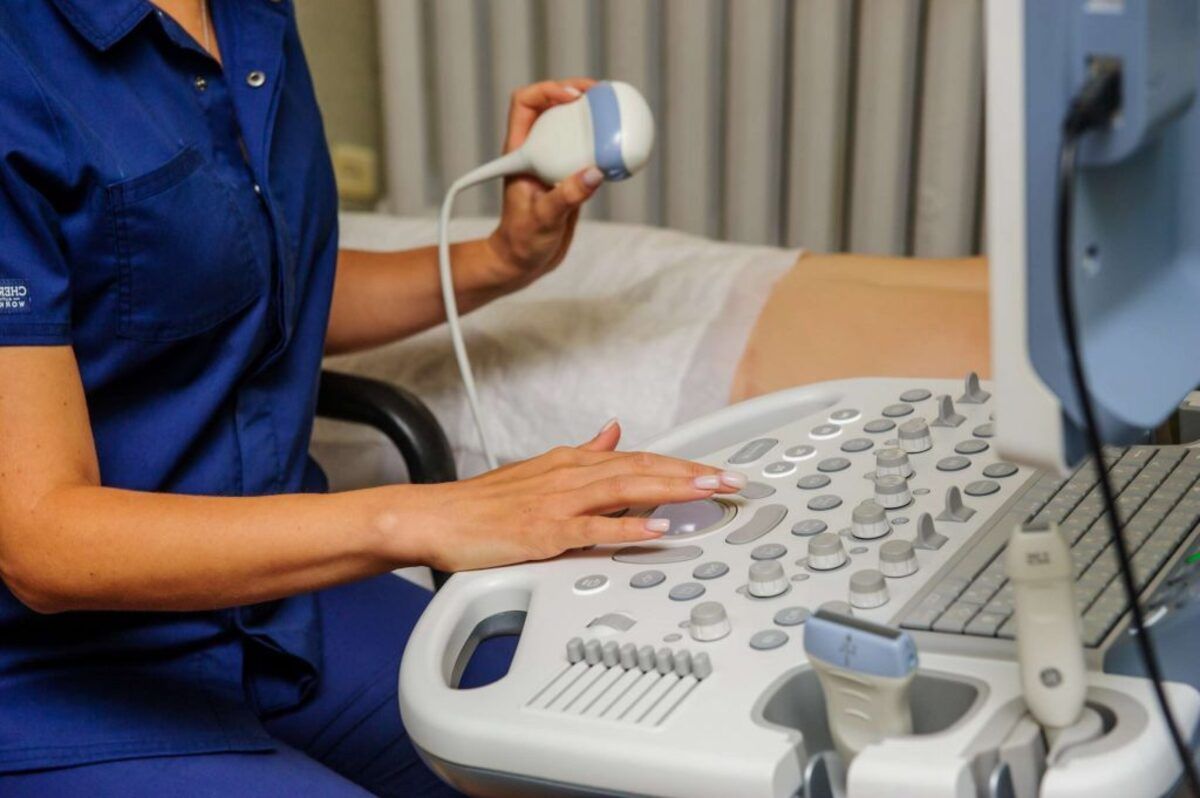
Ultrasound technology has become a vital tool in modern medicine, but how much do you really know about it? Ultrasound uses high-frequency sound waves to create images of the inside of the body, helping doctors diagnose and monitor various conditions. It's not just for checking on babies during pregnancy! This non-invasive method can examine organs, tissues, and blood flow, making it incredibly versatile. Ultrasound is safe, painless, and doesn't use radiation, which is why it's preferred for many medical procedures. Ready to learn more? Here are 15 fascinating facts about ultrasound that might surprise you!
What is Ultrasound?
Ultrasound is a fascinating technology used in various fields, from medicine to engineering. It uses high-frequency sound waves to create images or perform tasks. Let's dive into some intriguing facts about ultrasound.
Medical Uses of Ultrasound
Ultrasound is widely known for its medical applications. Here are some interesting points about how it's used in healthcare.
-
Prenatal Imaging: Ultrasound is commonly used to monitor the development of a fetus during pregnancy. It helps doctors check the baby's growth and detect any abnormalities early on.
-
Diagnosing Conditions: Doctors use ultrasound to diagnose conditions in organs like the liver, kidneys, and heart. It helps in identifying issues such as tumors, cysts, and blockages.
-
Guiding Procedures: Ultrasound assists in guiding procedures like needle biopsies. It ensures that the needle reaches the correct location, making the process safer and more accurate.
-
Therapeutic Uses: Beyond imaging, ultrasound can treat conditions. For example, it can break down kidney stones or treat muscle injuries through a process called therapeutic ultrasound.
How Ultrasound Works
Understanding the mechanics behind ultrasound can be quite fascinating. Here are some key facts about how this technology operates.
-
Sound Waves: Ultrasound uses sound waves with frequencies higher than the human ear can hear. These waves travel through the body and bounce back to create images.
-
Transducers: The device that sends and receives these sound waves is called a transducer. It converts electrical energy into sound waves and vice versa.
-
Gel Application: A special gel is applied to the skin before using the transducer. This gel helps the sound waves travel more effectively by eliminating air pockets between the skin and the device.
-
Real-Time Imaging: One of the coolest aspects of ultrasound is its ability to provide real-time images. This allows doctors to see what's happening inside the body as it occurs.
Non-Medical Uses of Ultrasound
Ultrasound isn't just for medical purposes. It has several applications in other fields as well.
-
Industrial Testing: Ultrasound is used in industries to detect flaws in materials. It helps in inspecting metal structures, pipelines, and even aircraft components for cracks or weaknesses.
-
Cleaning: Ultrasonic cleaners use high-frequency sound waves to clean delicate items like jewelry, lenses, and medical instruments. The sound waves create tiny bubbles that remove dirt and grime.
-
Navigation: Some animals, like bats and dolphins, use natural ultrasound for navigation and hunting. This process, known as echolocation, helps them "see" their surroundings through sound waves.
Fun Facts About Ultrasound
Here are some fun and lesser-known facts about ultrasound that might surprise you.
-
First Use: The first medical use of ultrasound was in the 1940s. It has since evolved into a crucial tool in modern medicine.
-
No Radiation: Unlike X-rays, ultrasound does not use ionizing radiation. This makes it a safer option for imaging, especially during pregnancy.
-
Portable Devices: Modern ultrasound machines can be quite portable. Some are even small enough to be handheld, making them useful in remote or emergency situations.
-
Animal Communication: Some animals, like certain species of frogs and insects, use ultrasound to communicate. This high-frequency sound helps them send messages that are inaudible to predators.
The Final Word on Ultrasound Facts
Ultrasound technology has revolutionized medical diagnostics. From pregnancy scans to heart examinations, it offers a non-invasive way to peek inside the human body. Sound waves bounce off tissues, creating images that help doctors diagnose conditions without surgery. Doppler ultrasound even measures blood flow, aiding in the detection of vascular issues.
Portable ultrasound machines are now available, making it easier for remote areas to access this technology. 3D and 4D ultrasounds provide more detailed images, improving diagnostic accuracy. Therapeutic ultrasounds are used in physical therapy to treat injuries.
Understanding these facts can help you appreciate the importance of ultrasound in modern medicine. It’s not just about seeing a baby before birth; it’s a versatile tool that saves lives and improves healthcare outcomes. So next time you hear about an ultrasound, you'll know it's more than just a picture—it's a lifesaver.
Was this page helpful?
Our commitment to delivering trustworthy and engaging content is at the heart of what we do. Each fact on our site is contributed by real users like you, bringing a wealth of diverse insights and information. To ensure the highest standards of accuracy and reliability, our dedicated editors meticulously review each submission. This process guarantees that the facts we share are not only fascinating but also credible. Trust in our commitment to quality and authenticity as you explore and learn with us.


